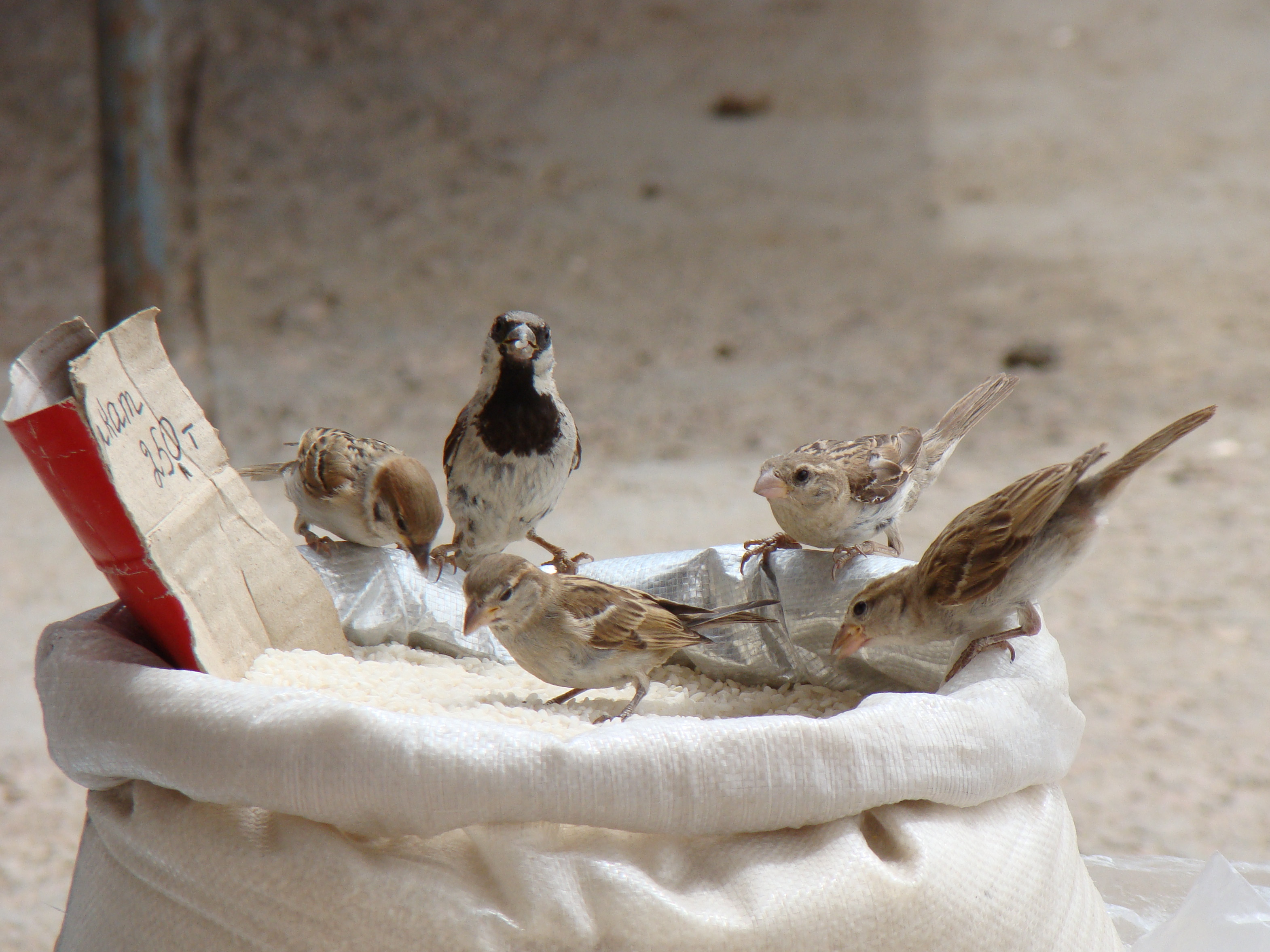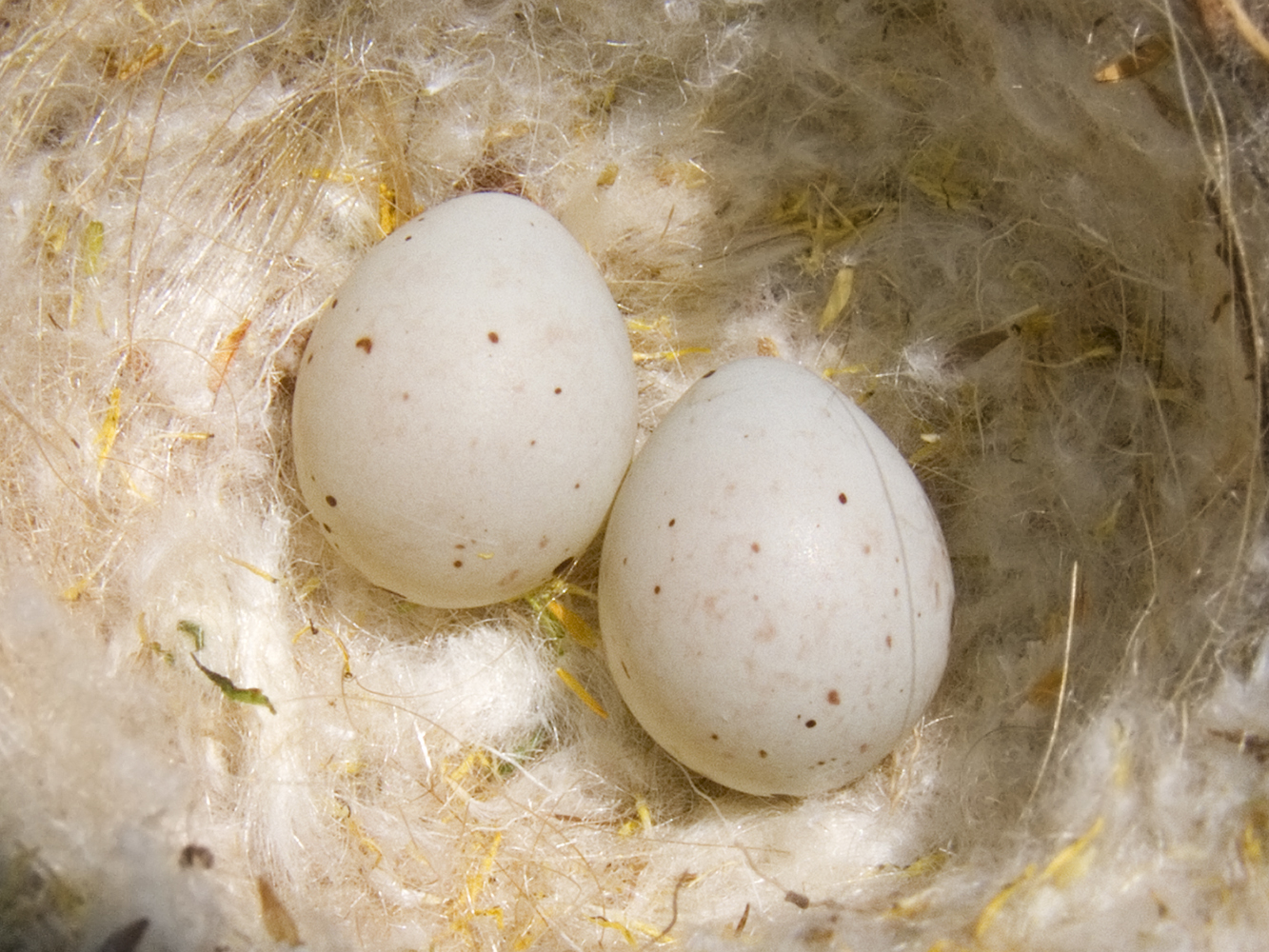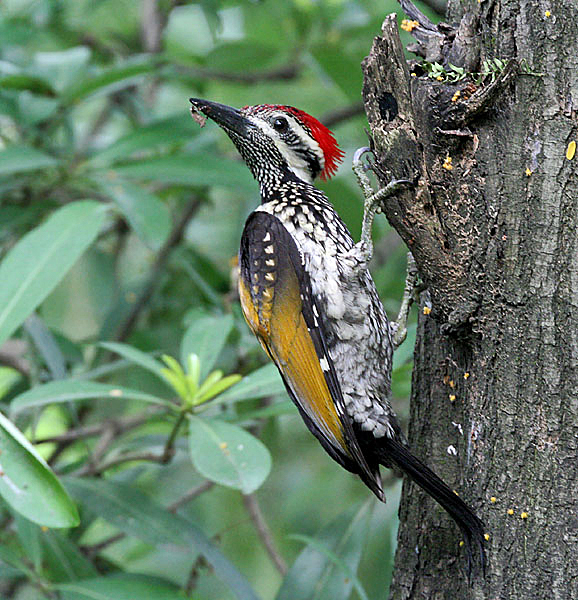|
Fatih Çeşmesi Nature Park
Fatih Çeşmesi Nature Park () is a nature park located in Eyüp district of Istanbul Province, Turkey. Fatih Çeşmesi Nature Park is situated inside the Belgrad Forest in Eyüp. It is about in distance west of Bahçeköy and east of Kemerburgaz. The area was declared a nature park by the Ministry of Environment and Forest in 2011, and is one of the nine nature parks inside the Belgrad Forest. The protected area is named, literally "Fountain of the Conqueror", in honor of the Ottoman Sultan Mehmed the Conqueror (reigned 1444–1446 and 1451–1481). It covers an area of about . Ecosystem The nature park has rich flora and fauna. ;Flora Vegetation found in the nature park are hornbeam (''Carpinus betulus''), sweet chestnut (''Castanea sativa''), sessile oak (''Quercus petraea''), Kasnak oak ('' Quercus vulcanica''), nak Turkey oak (''Quercus cerris''), common ivy (''Hedera helix''), butcher's-broom (''Ruscus aculeatus''), blackberry (''Rubus''), (''Smilax excelsa''), cherry ... [...More Info...] [...Related Items...] OR: [Wikipedia] [Google] [Baidu] |
Prunus Laurocerasus
''Prunus laurocerasus'', also known as cherry laurel, common laurel and sometimes English laurel in North America, is an evergreen species of cherry (''Prunus''), native to regions bordering the Black Sea in southwestern Asia and southeastern Europe, from Albania and Bulgaria east through Turkey to the Caucasus Mountains and northern Iran. The common names of ''P. laurocerasus'' refer to the similarity of foliage and appearance to bay laurel (''Laurus nobilis'', the true laurel, in the family Lauraceae), and like the bay laurel, ''Prunus laurocerasus'' was used for making laurel wreaths, but the two plants are not closely related. It is not to be confused with its American relative '' Prunus caroliniana'', which is also called cherry laurel. Description ''Prunus laurocerasus'' is an evergreen shrub or small to medium-sized tree, growing to tall, rarely to , with a trunk up to 60 cm broad. The leaves are dark green, leathery, shiny, (5–)10–25(–30) cm long and 4– ... [...More Info...] [...Related Items...] OR: [Wikipedia] [Google] [Baidu] |
Ayvat Bendi Nature Park
Ayvat Bendi Nature Park () is a nature park located in Eyüpsultan district of Istanbul Province, Turkey. Situated north of Kemerburgaz neighborhood of Eyüpsultan, it covers an area of . It was established in 2011, and is one of the nine nature parks inside the Belgrad Forest. The protected area is named after the Ayvat Dam (), which was built by Ottoman Sultan Mustafa III (reigned 1757–1774) in 1765 on the Ayvat Creek, a tributary of the Kağıthane Creek. Ecosystem ;Flora Trees in the nature park area are ('' Quercus vulcanica''), sessile oak (''Quercus petraea''), Turkey oak (''Quercus cerris''), blackthorn (''Prunus spinosa''), Oriental beech (''Fagus orientalis''), sweet chestnut (''Castanea sativa''), common hornbeam (''Carpinus betulus'') and common alder (''Alnus glutinosa''). As shrub and bush species, tree heath (''Erica arborea''), butcher's-broom (''Ruscus aculeatus''), blackberry (''Rubus''), European ivy (''Hedera helix''), ''Smilax excelsa'', catnip (''Nepet ... [...More Info...] [...Related Items...] OR: [Wikipedia] [Google] [Baidu] |
Tortoise
Tortoises ( ) are reptiles of the family Testudinidae of the order Testudines (Latin for "tortoise"). Like other turtles, tortoises have a shell to protect from predation and other threats. The shell in tortoises is generally hard, and like other members of the suborder Cryptodira, they retract their necks and heads directly backward into the shell to protect them. Tortoises can vary in size with some species, such as the Galápagos giant tortoise, growing to more than in length, whereas others like the Speckled cape tortoise have shells that measure only long. Several lineages of tortoises have independently evolved very large body sizes in excess of , including the Galapagos giant tortoise and the Aldabra giant tortoise. They are usually diurnal animals with tendencies to be crepuscular depending on the ambient temperatures. They are generally reclusive animals. Tortoises are the longest-living land animals in the world, although the longest-living species of tortois ... [...More Info...] [...Related Items...] OR: [Wikipedia] [Google] [Baidu] |
Wild Boar
The wild boar (''Sus scrofa''), also known as the wild swine, common wild pig, Eurasian wild pig, or simply wild pig, is a Suidae, suid native to much of Eurasia and North Africa, and has been introduced to the Americas and Oceania. The species is now one of the widest-ranging mammals in the world, as well as the most widespread Suina, suiform. It has been assessed as least concern on the IUCN Red List due to its wide range, high numbers, and adaptability to a diversity of habitats. It has become an invasive species in part of its introduced range. Wild boars probably originated in Southeast Asia during the Early Pleistocene and outcompeted other suid species as they spread throughout the Old World. , up to 16 subspecies are recognized, which are divided into four regional groupings based on skull height and lacrimal bone length. The species lives in matriarchal societies consisting of interrelated females and their young (both male and female). Fully grown males are usually s ... [...More Info...] [...Related Items...] OR: [Wikipedia] [Google] [Baidu] |
Deer
A deer (: deer) or true deer is a hoofed ruminant ungulate of the family Cervidae (informally the deer family). Cervidae is divided into subfamilies Cervinae (which includes, among others, muntjac, elk (wapiti), red deer, and fallow deer) and Capreolinae (which includes, among others reindeer (caribou), white-tailed deer, roe deer, and moose). Male deer of almost all species (except the water deer), as well as female reindeer, grow and shed new antlers each year. These antlers are bony extensions of the skull and are often used for combat between males. The musk deer ( Moschidae) of Asia and chevrotains ( Tragulidae) of tropical African and Asian forests are separate families that are also in the ruminant clade Ruminantia; they are not especially closely related to Cervidae. Deer appear in art from Paleolithic cave paintings onwards, and they have played a role in mythology, religion, and literature throughout history, as well as in heraldry, such as red deer that app ... [...More Info...] [...Related Items...] OR: [Wikipedia] [Google] [Baidu] |
Passer
''Passer'' is a genus of Old World sparrow, sparrows, also known as the true sparrows. The genus contains 28 species and includes the house sparrow and the Eurasian tree sparrow, two of the most common birds in the world. They are small birds with thick bills for eating seeds, and are mostly coloured grey or brown. Native to the Old World, some species have been introduced throughout the world. Taxonomy The genus ''Passer'' was introduced by the French zoologist Mathurin Jacques Brisson in 1760. The type species was subsequently designated as the house sparrow (''Passer domesticus''). The name ''Passer'' is the Latin word for "sparrow." Species The genus contains 28 species: Besides these living species, there are questionable fossils from as long ago as the Early Miocene, and ''Passer predomesticus'', from the Middle Pleistocene. Description These sparrows are plump little brown or greyish birds, often with black, yellow or white markings. Typically long, they range ... [...More Info...] [...Related Items...] OR: [Wikipedia] [Google] [Baidu] |
Magpie
Magpies are birds of various species of the family Corvidae. Like other members of their family, they are widely considered to be intelligent creatures. The Eurasian magpie, for instance, is thought to rank among the world's most intelligent creatures, and is one of the few nonmammalian species able to recognize itself in a mirror test. Magpies have shown the ability to make and use tools, imitate human speech, grieve, play games, and work in teams. They are particularly well known for their songs and were once popular as cagebirds. In addition to other members of the genus '' Pica'', corvids considered magpies are in the genera '' Cissa'', '' Urocissa'', and '' Cyanopica''. Magpies of the genus ''Pica'' are generally found in temperate regions of Europe, Asia, and western North America, with populations also present in Tibet and high-elevation areas of Kashmir. Magpies of the genus ''Cyanopica'' are found in East Asia and the Iberian Peninsula. The birds called magpies in Au ... [...More Info...] [...Related Items...] OR: [Wikipedia] [Google] [Baidu] |
European Goldfinch
The European goldfinch or simply the goldfinch (''Carduelis carduelis'') is a small passerine bird in the finch Family (biology), family that is native to the Palearctic zone in Europe, northern Africa, and western Asia. It has been introduced to other areas, including Australia, New Zealand, Uruguay and the United States. The breeding male has a red face with black markings around the eyes, and a black-and-white head. The back and flanks are buff or chestnut brown. The black wings have a broad yellow bar. The tail is black and the rump is white. Males and females are very similar, but females have a slightly smaller area of red on the face. The goldfinch is often depicted in Italian Renaissance paintings of the Madonna (art), Madonna and Child. Taxonomy The European goldfinch was one of the birds described and illustrated by Swiss naturalist Conrad Gessner in his ''Historiae animalium (Gessner), Historiae animalium'' of 1555. The first Species description, formal description w ... [...More Info...] [...Related Items...] OR: [Wikipedia] [Google] [Baidu] |
Woodpecker
Woodpeckers are part of the bird family (biology), family Picidae, which also includes the piculets, wrynecks and sapsuckers. Members of this family are found worldwide, except for Australia, New Guinea, New Zealand, Madagascar and the extreme polar regions. Most species live in forests or woodland habitats, although a few species are known that live in treeless areas, such as rocky hillsides and deserts, and the Gila woodpecker specializes in exploiting cacti. Members of this family are chiefly known for their characteristic behaviour. They mostly forage for insect prey on the trunks and branches of trees, and often communicate by drumming with their beaks, producing a reverberatory sound that can be heard at some distance. Some species vary their diet with fruits, birds' eggs, small animals, tree sap, human scraps, and carrion. They usually nest and roost in holes that they excavate in tree trunks, and their abandoned holes are of importance to other cavity-nesting birds. They ... [...More Info...] [...Related Items...] OR: [Wikipedia] [Google] [Baidu] |
Hawk
Hawks are birds of prey of the family Accipitridae. They are very widely distributed and are found on all continents, except Antarctica. The subfamily Accipitrinae includes goshawks, sparrowhawks, sharp-shinned hawks, and others. This subfamily are mainly woodland birds with short broad wings, long tails, and high visual acuity. They hunt by dashing suddenly from a concealed perch. In America, members of the '' Buteo'' group are also called hawks, though birds of this group are called buzzards in other parts of the world. Generally, buteos have broad wings and sturdy builds. They are relatively larger-winged and shorter-tailed than accipiters, and fly further distances in open areas. Buteos descend or pounce on their prey rather than engaging in fast, horizontal pursuit. The terms ''accipitrine hawk'' and ''buteonine hawk'' are used to distinguish between the types in regions where ''hawk'' applies to both. The term ''"true hawk"'' is sometimes used for the accipitrin ... [...More Info...] [...Related Items...] OR: [Wikipedia] [Google] [Baidu] |





